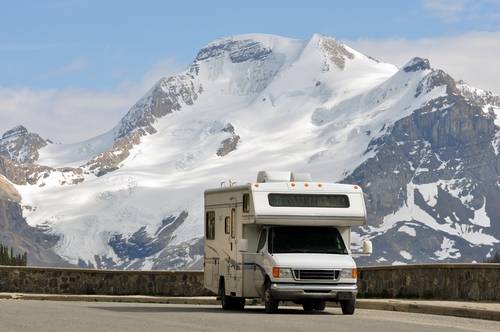It’s that time of year when the frequency of thunderstorms and severe weather increases in the central U. S. and southern plains. Tornado Alley stretches across the center of the nation, and the states that fall within this region are at a substantially higher risk for the destructive power of these high-wind storms.
Tornadoes are not as friendly as the Wizard of Oz portrayed them. These severe storms leave a path of destruction and chaos in their wake. According to the National Centers for Environmental Information, Oklahoma and Texas, both are at significant risk of experiencing these dangerous storms. In fact, CBS reported these two regions experienced nearly 30 tornadoes on May 19 wreaking havoc across the two states. If you reside in either of these areas, ensure you know how to identify tornado-prone weather. You’ll want to know what to do to protect yourself and your loved ones.
Understanding Tornadoes
Warm moist air that is close to the ground, atmospheric instability, and the collision of two opposite air fronts are the factors responsible for the creation of a tornado, according to Livescience. com. The Gulf of Mexico’s warm moist air and dry cool air from the Rocky Mountains provide the perfect ingredients for a terrifying storm. When weather conditions are capable of producing a twister, a tornado watch is issued. When a tornado warning is announced, one has been sighted by the naked eye or weather radar.
What are the Safety Precautions of a Tornado Warning?
During a tornado watch, the Red Cross recommended discussing emergency plans with your family. Ensure you have a safe room to head to if the watch turns into a warning. As soon as a warning is issued, head underground, to a storm cellar or room without windows and toward the center of your home.
Dark and greenish-colored clouds, hail, and a train-like roaring noise may indicate an increased tornado risk, and you should seek safety if any of these signs become evident. Funnel clouds, or visibly rotating cloud bases, are another indicator that you may be in danger. If you are outdoors, seek shelter immediately.
Drive your vehicle to the closest place you can safely head to. If the storm makes driving unsafe while on the road, keep your head below the windows and cover with your hands. If you can safely head to a ditch along the road, seek this as a last resort. After a tornado, do not enter any damaged buildings, and be on the lookout for dangerous debris, such as broken glass or fallen power lines.
Prep for all Safety Precautions Before a Tornado
Tornadoes can cause substantial damage to your home and belongings. If you have precious belongings, such as old family photos, consider storing them. SecurCare offers Texas self-storage units and Oklahoma self-storage. Head to a local SecurCare Self Storage facility and speak with a professional about storage unit rates to keep your irreplaceable items safe.
